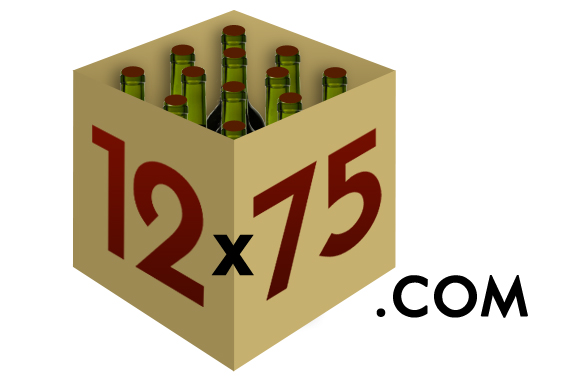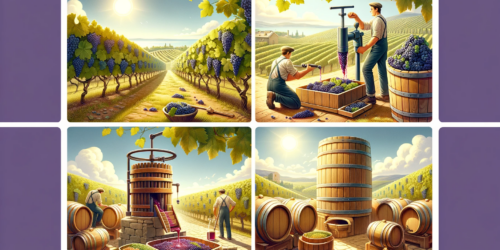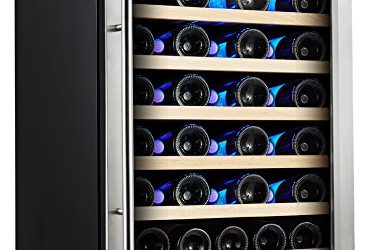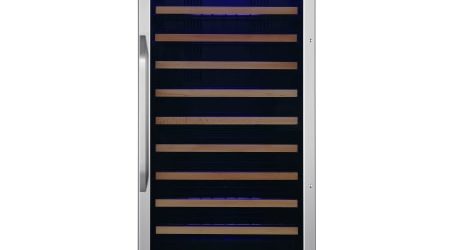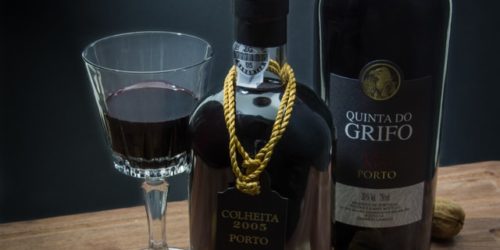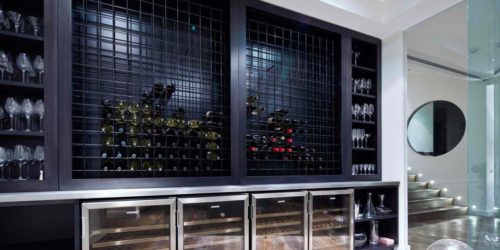Is en primeur dead in Bordeaux? Not yet
By Geordie Clarke / Contributing Editor
When I began to take wine seriously, I was convinced early on that buying en primeur was the best way to secure an attractive price on Bordeaux’s best wines. What I didn’t realise at the time was that the good old days of en primeur were already long gone.
For decades, those who bought wine for future drinking could always take comfort in knowing they were paying less for their wine if they bought en primeur than if they waited to buy it on the open market when mature. For investors, it almost always guaranteed a handsome return on capital.
But not any more. After several strong vintages at the turn of the century and strong demand from buyers around the world, Bordeaux’s producers began to realise they had a hot commodity – and they wanted a bigger slice of the pie. In response to high demand and vintages that were good enough to justify the practice, chateaux raised their prices year after year.
Since 2005, prices had already risen to the point where the en primeur market no longer offered good value for enthusiasts. Then, when 2009 and 2010 produced back-to-back ‘vintages of the century’, prices rose further still. By this point, price-weary buyers felt handcuffed by the Bordeaux establishment. This feeling was compounded further when prices didn’t fall fast enough in the lesser vintages of 2011, 2012 and 2013.
A nifty chart on the Liv-Ex blog illustrates just how bad a deal en primeur has become. Up until 2005, buying en primeur almost always meant an attractive return for investors. But from that year onward, investment returns fell off a precipice. No surprise, this was caused by steep price rises from the Bordeaux establishment. Investors and drinkers alike have begun to think that en primeur doesn’t have a future in Bordeaux and this view is only reinforced by the fact that Chateau Latour decided that they wanted nothing to do with the system. If previous en primeur campaigns caused anger among buyers, 2013 was a flop. A less than compelling vintage was matched with less than compelling prices. It seemed Bordeaux’s producers had gone too far.
Analysis by Wine Owners on behalf of 12×75.com shows just how bad a deal the 2013 campaign actually was. Using Chateau Pontet-Canet as an example, it becomes clear very quickly why there was no point buying in 2013.
At 31 May 2014, figures from Wine Owners showed that Pontet-Canet 2013 was far from being the cheapest on the market. At £636, it was more expensive than the 2008 at £610, 2004 for £504, 2006 for £595 or 2002 for £479.
Nick Martin, founder and executive director at Wine Owners, puts it best. “Pontet-Canet is a pretty good exemplar of why buyers see no need to buy the 2013 vintage en primeur,” he says. “With the deliciously fruity and beautifully structured 2004 cheaper in the market; as are the fully resolved, Asian-spiced 2002 and the finely poised 2006, why would you? Just in case you might have been tempted, think again when considering the stellar 2008 (96 points from Parker) that can still be had for £610 a case.”
Pontet-Canet might not be the best example given its rise in popularity. Chateau Figeac is more reasonably priced and as a result its 2013 vintage is more affordable. At the end of May the 2013 was the second-cheapest recent vintage on the market, just slightly more expensive than 2012, which was £457.
But Figeac is an exception to the rule. While prices for the 2013 vintage went down across the board in Bordeaux, few fell to the point where they were the cheapest on the market.
“Whether you are buying to drink, or to drink and sell on in part or whole, en primeur makes no sense as long as there isn’t a hefty risk discount attached to buying early,” says Martin at Wine Owners. “Gone are the days when the decent classed growths and their right bank equivalents needed the cash in to subsidise the élevage of the next vintage, and were prepared to offer the buyer of futures substantial discounts to market level valuations of comparable back vintages in order to underwrite their own cash-flow.”
To be fair to the first growth chateaux, prices did fall in 2013. For Chateau Lafite-Rothschild, for example, the 2013 vintage was the least expensive recent release on the market at the end of May. For £3,180 a case, it is well below £3,800 for the 2008 vintage at the end of May. But this followed multiple years of steep increases that felt almost unsustainable. So, is this a sign that Bordeaux has taken notice of consumers’ complaints? Martin at Wine Owners believes that there is still a future for en primeur, saying, “As long as prices of the next great vintage are favourably priced by a healthy discount to 2010, 2009 and 2005, en primeur will spring back into life, and the rest of the secondary market will gently awake from its slumber once more.”
I am less convinced. Prices have climbed too high and consumers and investors alike feel as though they have been getting a bad deal over the past decade or so. Gentle price increases in line with the quality of the vintage, the rate of inflation and the demand from the market will secure the future of en primeur; opportunistic cash–grabs will ensure its demise.
